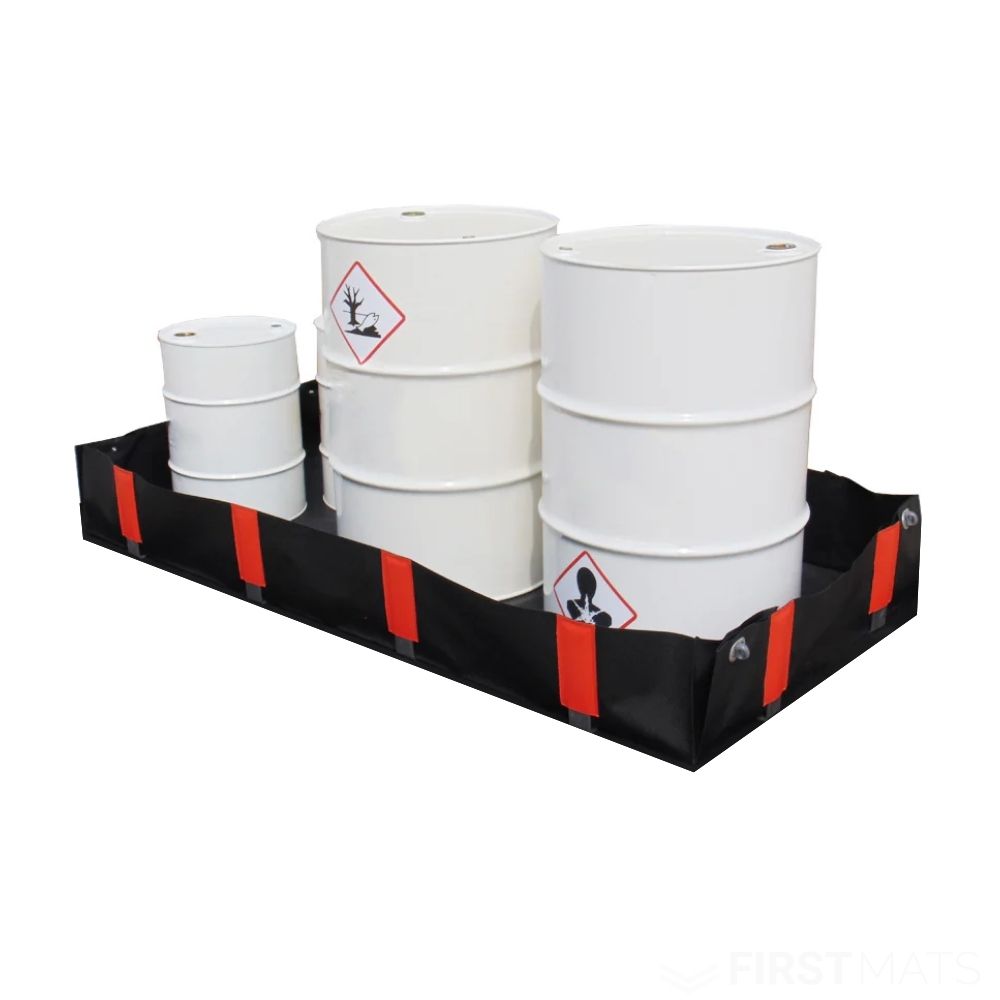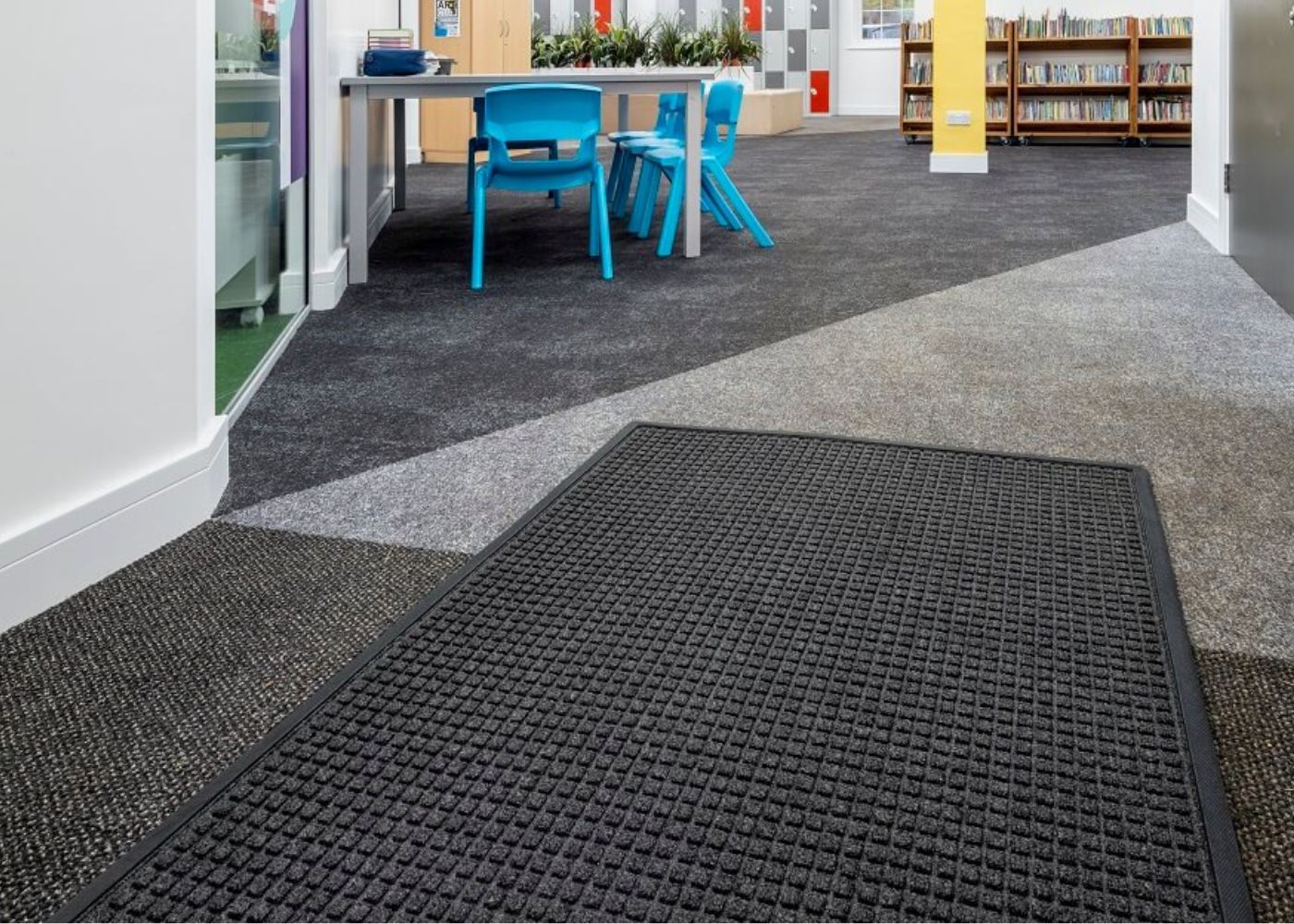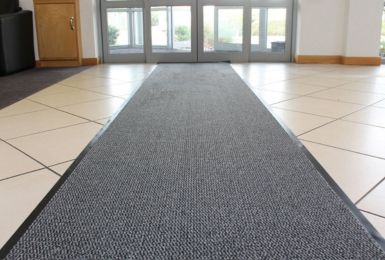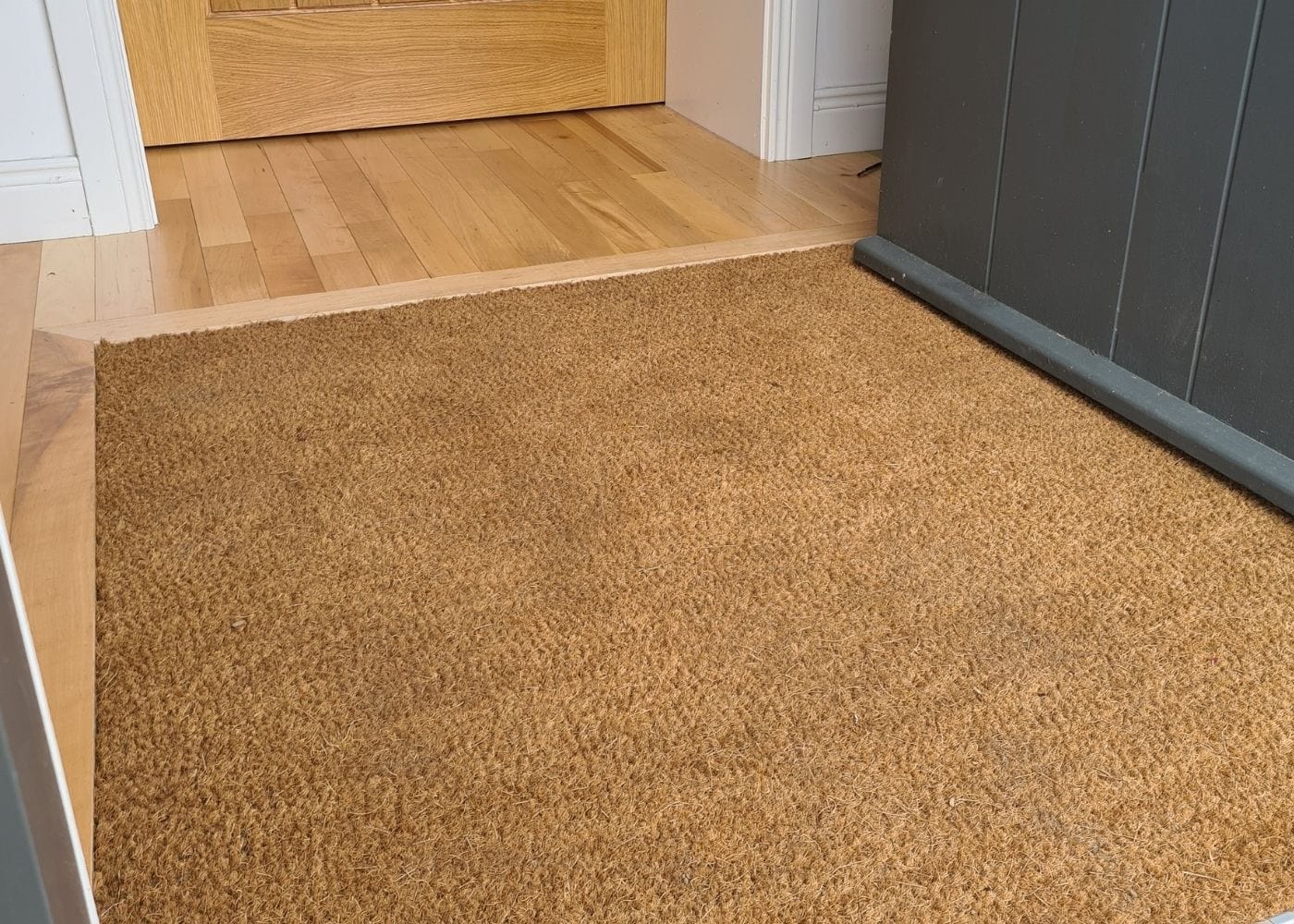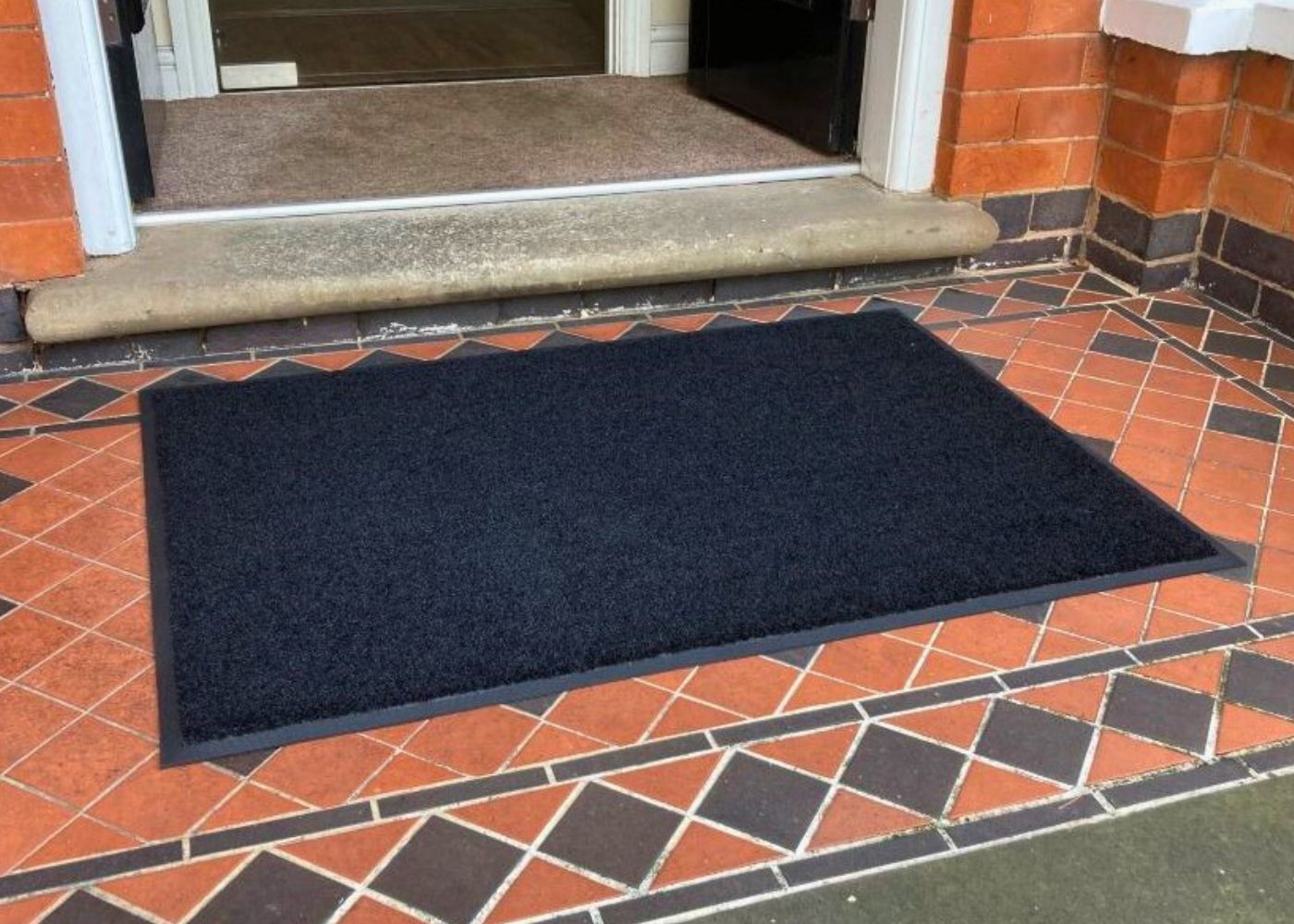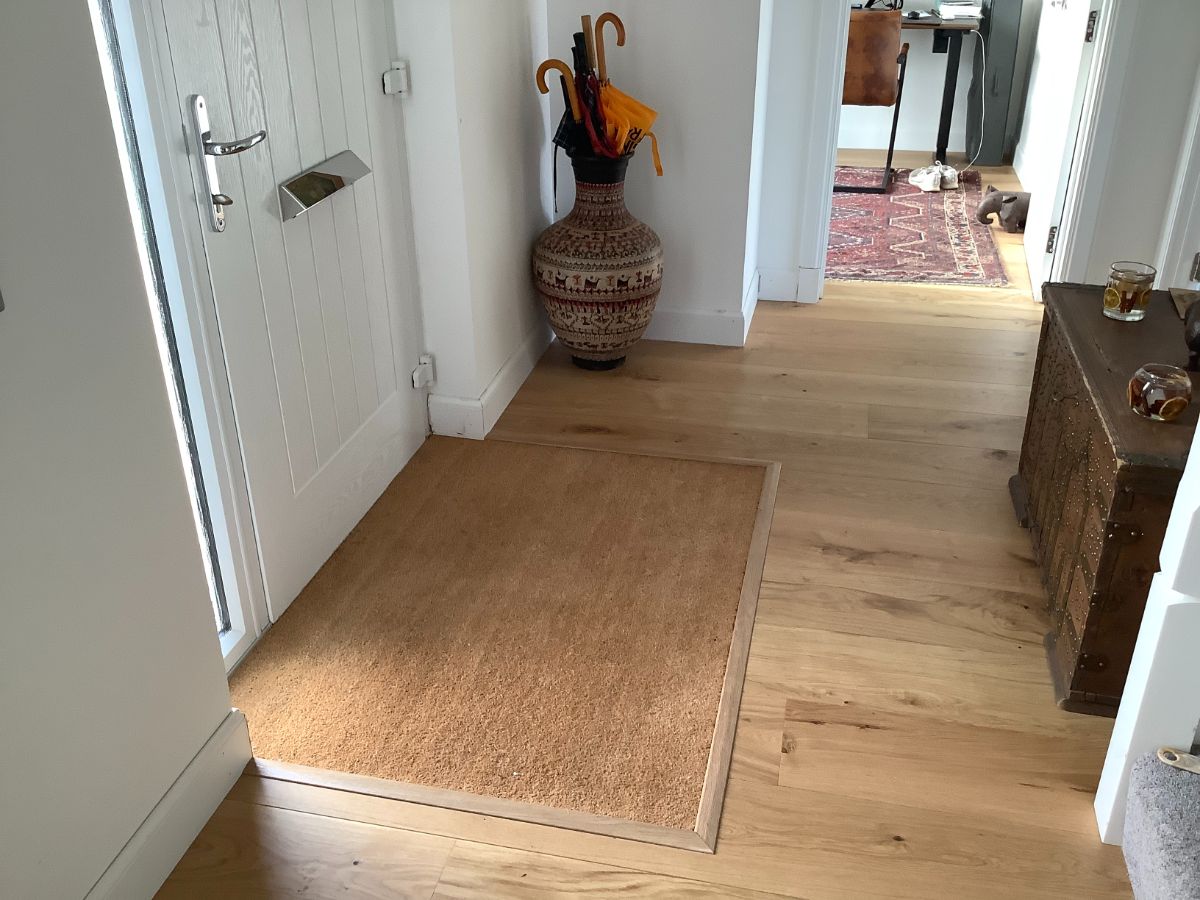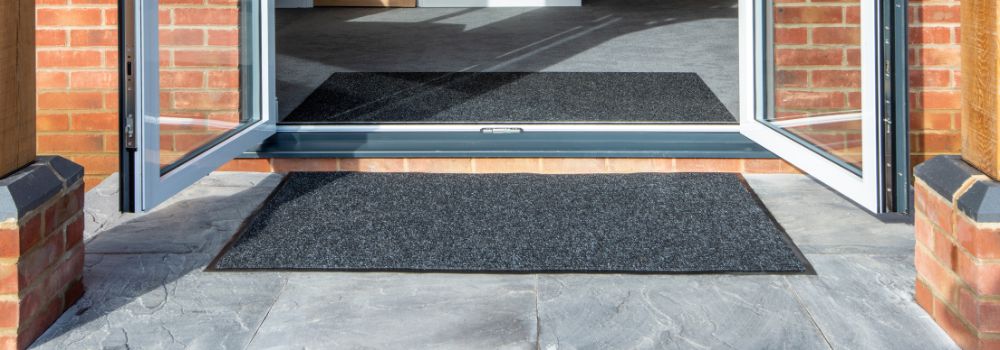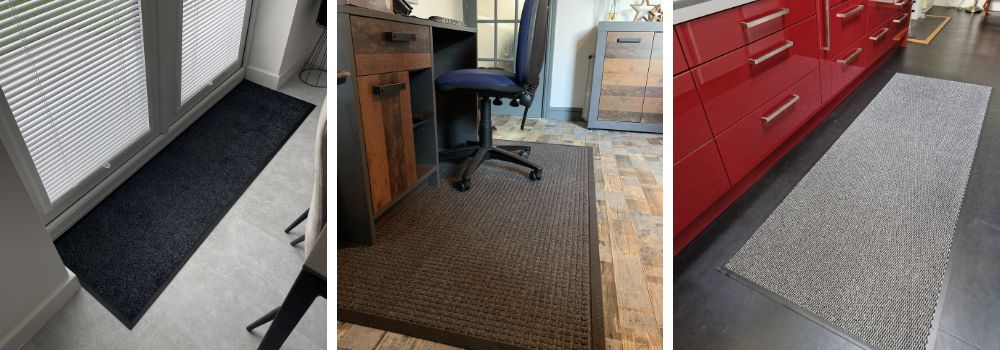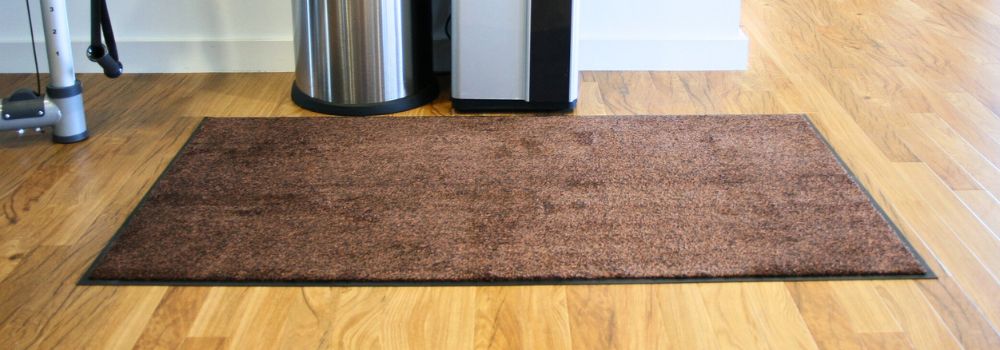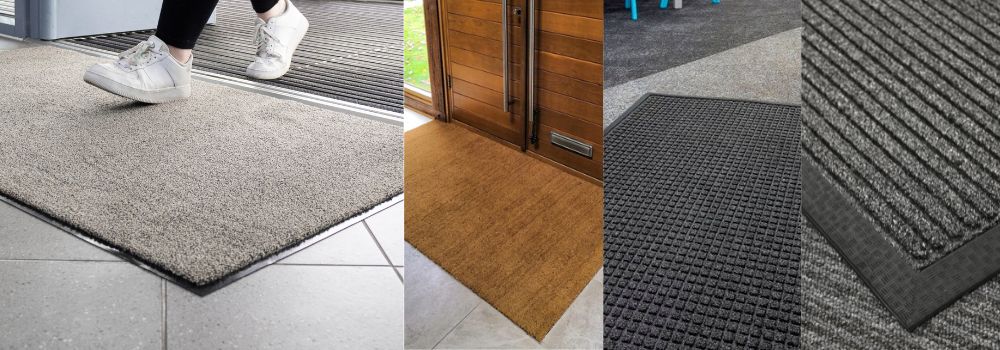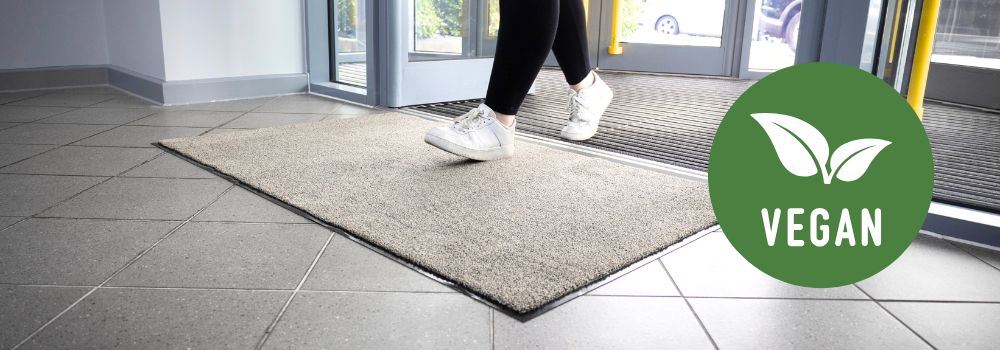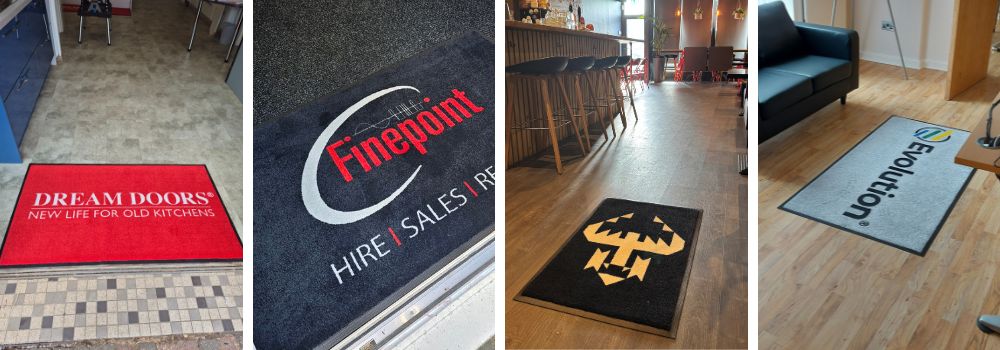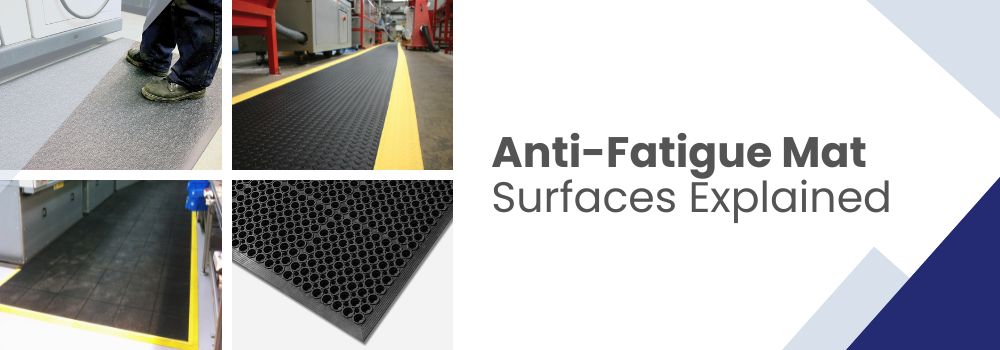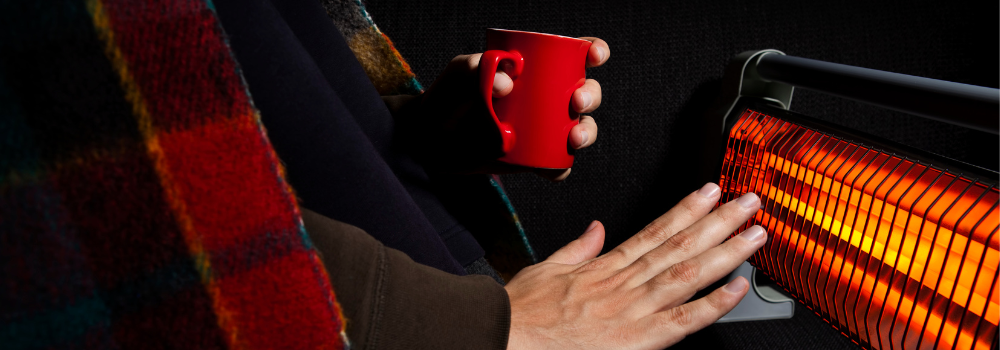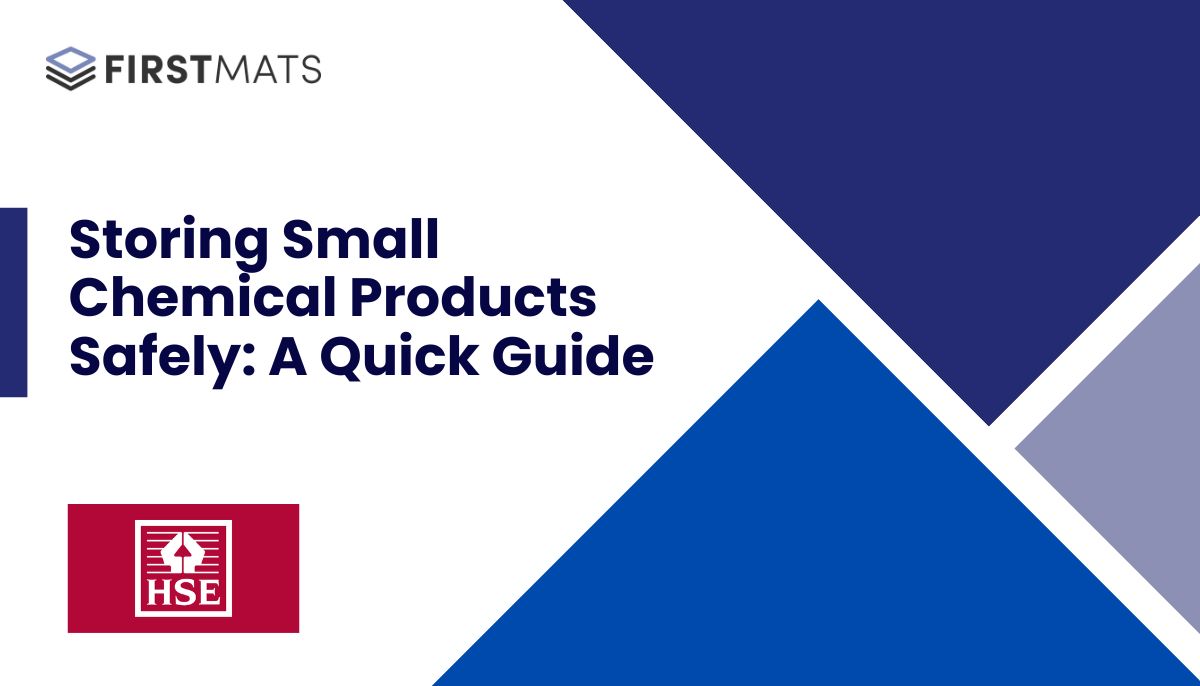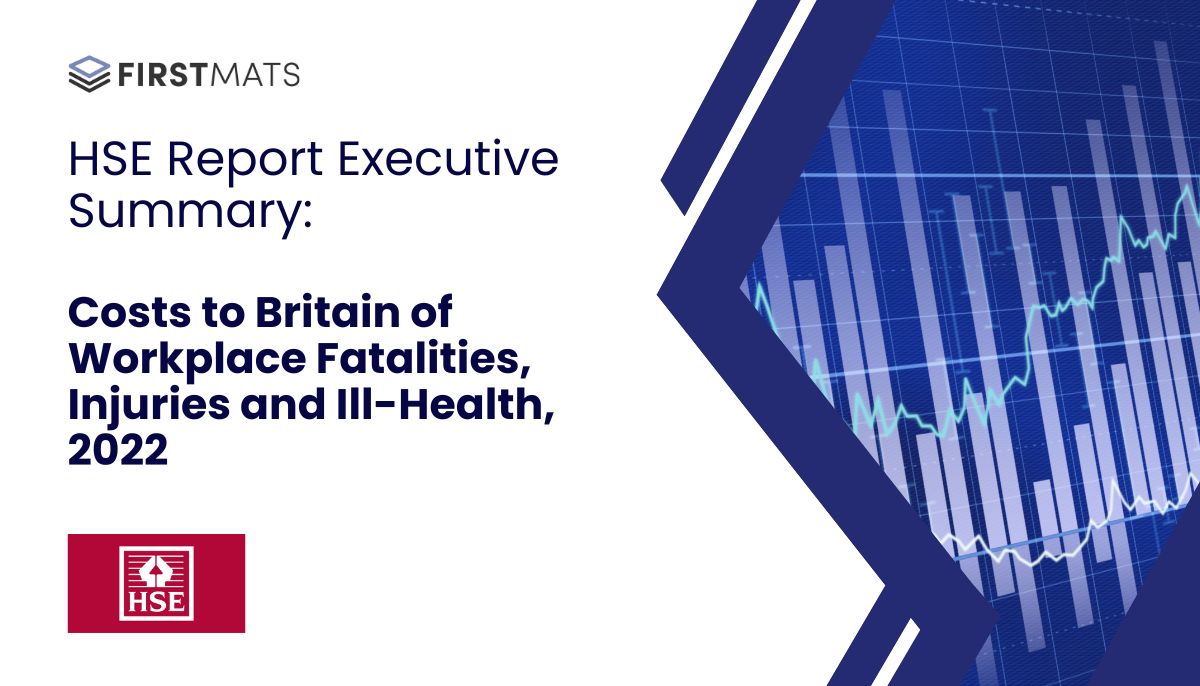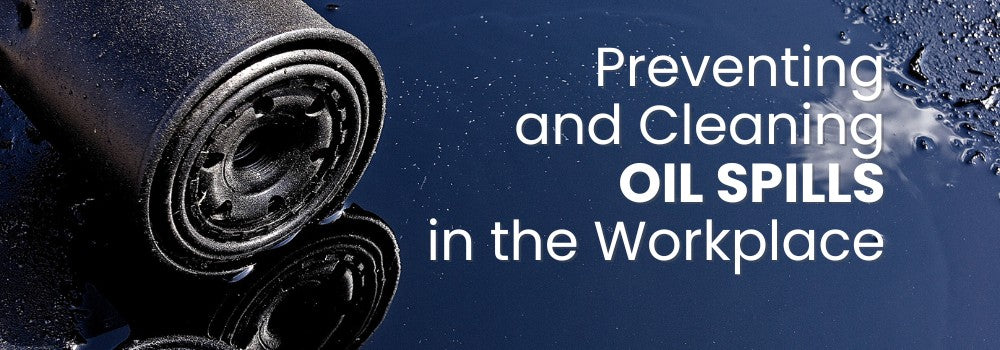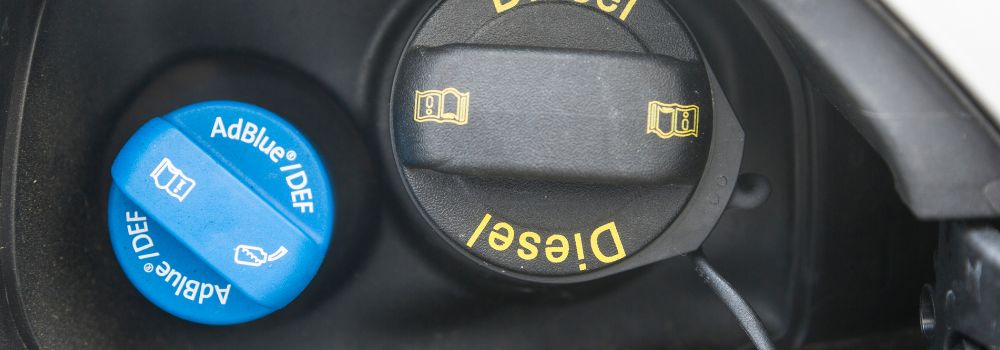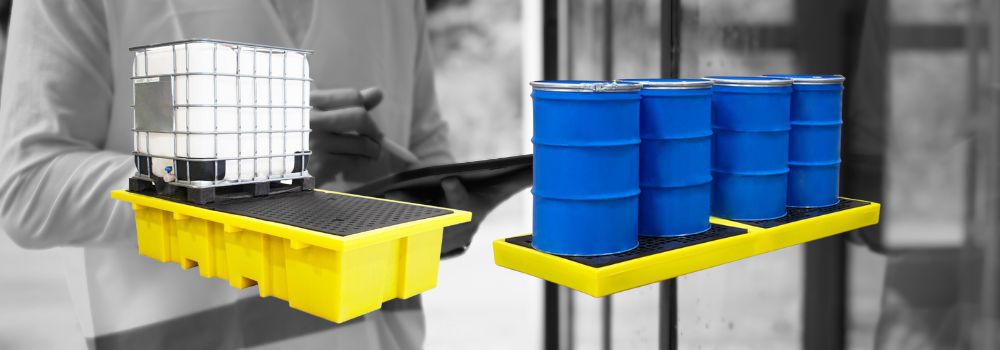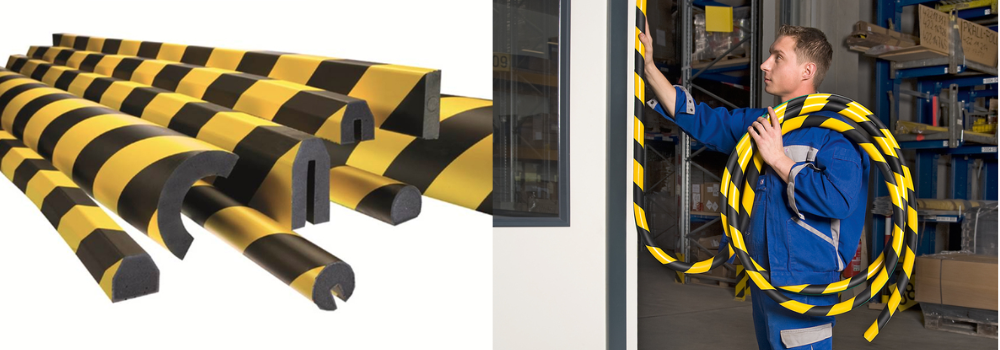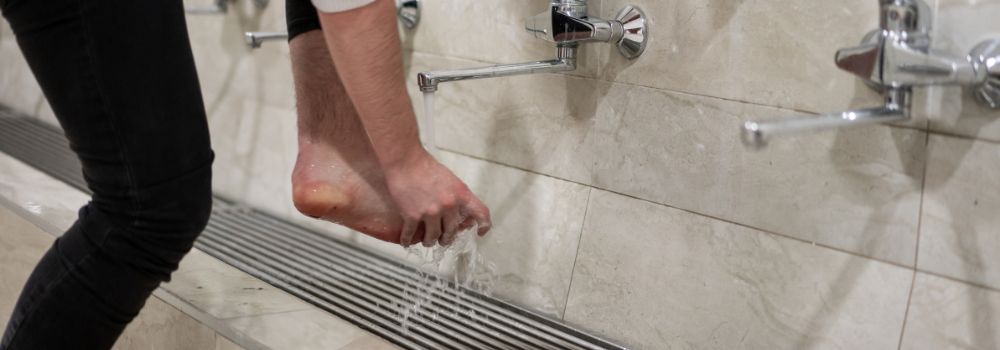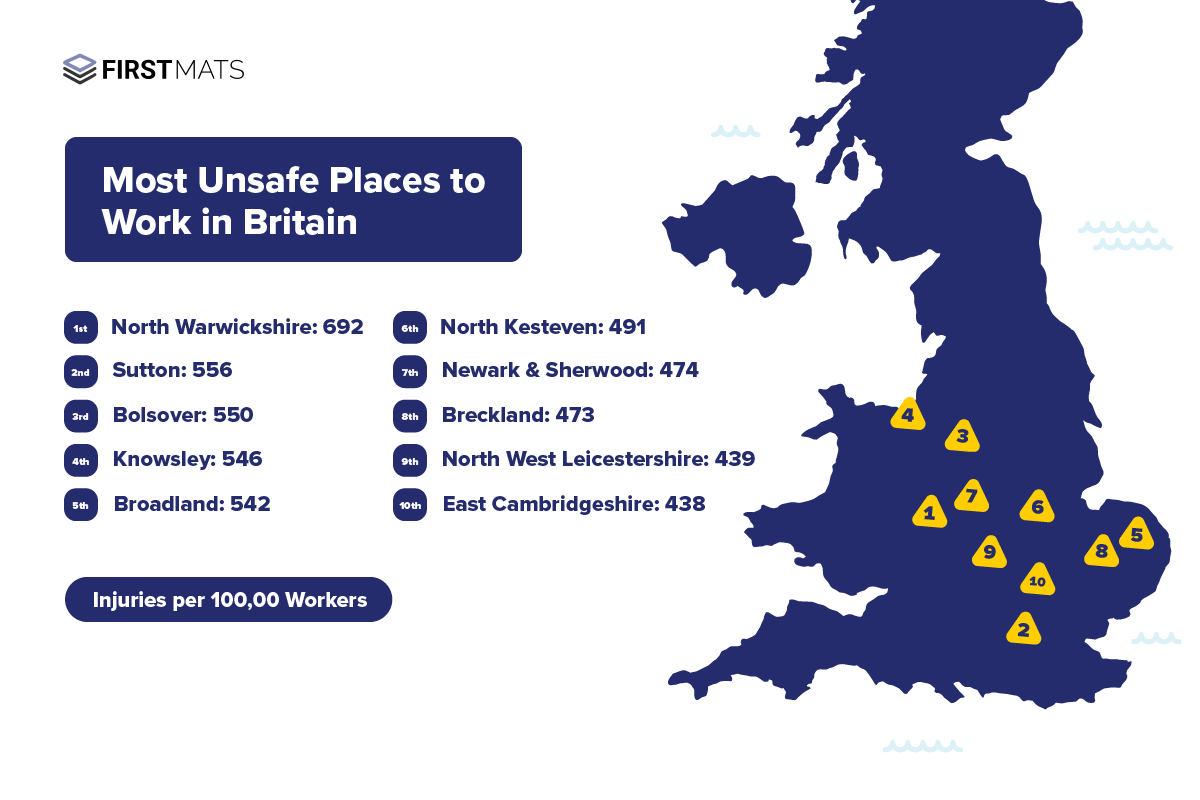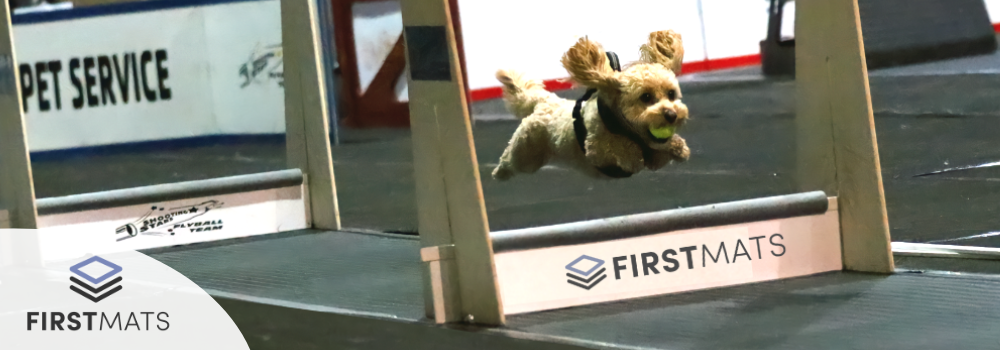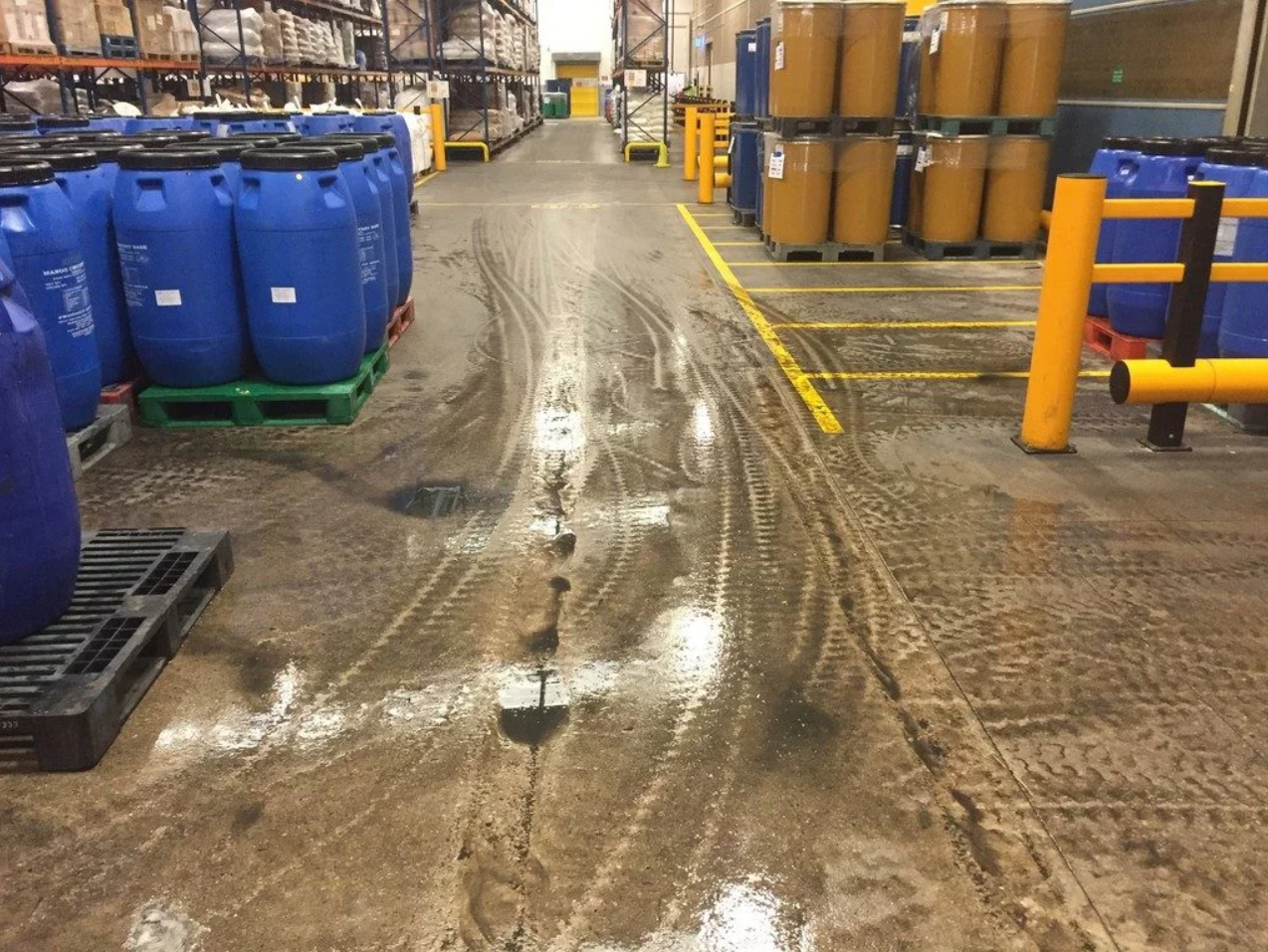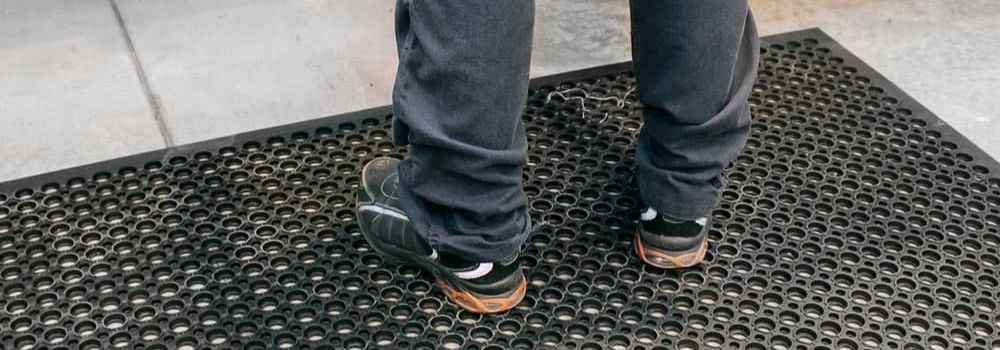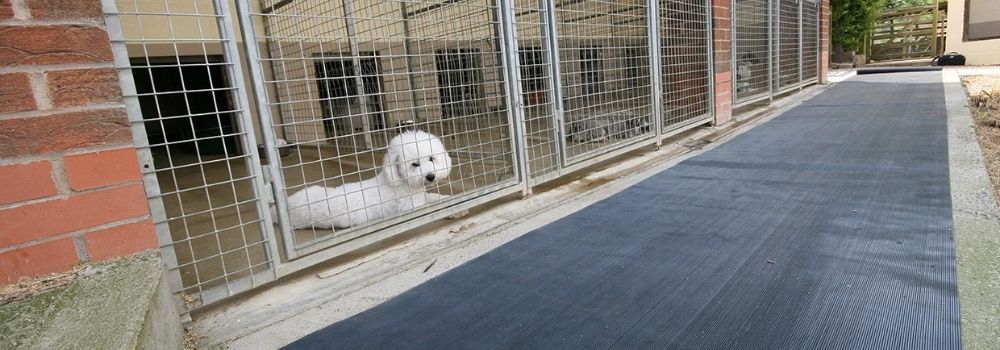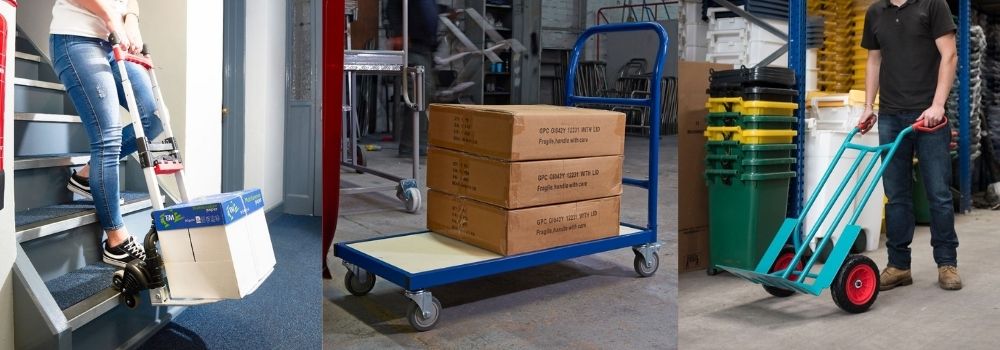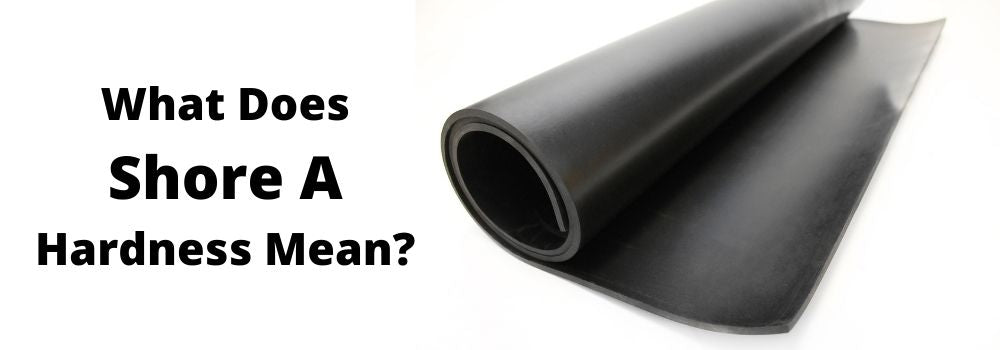Rubber Sheet Types and Applications

by Richard O'Connor
Mar 29, 2022 | *4 minutes to readRubber sheets are used in a broad spectrum of different industries, for an equally broad range of reasons. From gaskets and seals to shock absorption and anti-vibration padding, rubber is an incredibly versatile material, especially in sheet form.
Whatever you need it for, read on for our guide to the most common types of rubber sheeting and the different features of each.
What are the common types of rubber sheeting?
Standard Natural Rubber
If you are manufacturing gaskets or seals that do not need to be particularly resistant to extremes of temperature or to oils and chemicals, then natural or standard rubber sheet is the right material for you. You can depend on this material for its strength as well as its naturally waterproof properties. Thicker versions of this type of sheeting are particularly good for reducing the transference of vibrations between metal components.
Nitrile Rubber
Nitrile rubber sheeting is particularly useful for gaskets, and in machines with oil present – this is because it is incredibly resistant to oils and other chemicals that might degrade other types of rubber. Nitrile is also strongly resistant to heat ageing, so it is great in automotive equipment. Nitrile rubber will retain its strength and shape even after rapid heating and cooling cycles, so you can rely on this type of rubber sheeting for a range of intense machine uses.

Silicon
Silicon rubber sheeting is ideal for use in the food service and medical industries as it is chemically inert and can withstand temperatures up to 200°C. This means that it can be cleaned at the very high temperatures that those industries require without losing its usefulness. Silicon rubber is used primarily in gaskets.
What should you look for with rubber sheeting?
There are a number of different measurements for rubber sheeting. Obviously, you will need to consider the dimensions of the sheet that you buy – thickness will be crucial to the task that you have in mind, while the length and width will inform how many units of your intended item you can make from each sheet or roll.
Other considerations include:
Shore hardness
This is the measurement of how much pressure a rubber sheet can take before it becomes indented. Sometimes known as a durometer test, this is performed by pressing a steel gauge into the sheet and recording the reading when the tip of the device is pushed level with a plate within the gauge.
Shore hardness is measured on a handful of different scales – the one that is relevant for the type of rubbers used in industrial settings (for gaskets and seals, for example) is Shore A. When you review your rubber sheeting, make sure that the Shore A hardness rating is 60+, and you can be sure that it will be strong enough for the purpose without becoming too brittle.
Tensile strength at break
This is the amount of force required to break the rubber. It is measured in mega Pascals, which is written as MPa. 1 MPa is equal to one million pascals, or one million newtons per square metre. The higher the figure associate with your tensile break strength, the more force it will take to break the rubber when in use, so it is an important factor when constructing gaskets in particular.
Elongation at break
This is sometimes called fracture strain or tensile elongation at break, and it refers to how much the rubber can stretch before it breaks. It is measured as a percentage of the original, pre-stretch length of the item – so for example if you make a seal out of rubber with a 100% elongation at break, then you should be able to stretch the rubber to twice its original length before it breaks. Look for rubbers with 200% elongation at break and you should be confident that your rubber products will stand up to anything.
See our Industrial Matting range to learn more, or see our full range of Workshop Products.
Explore More Topics
Frequently Asked Questions
If you have any questions, we’re here to help
How long does delivery take?
Each product comes with a specified lead time for delivery. We'll keep you informed if there are any delays in meeting this timeline.
Typically, once you’ve finalised your order and approved the proof, it will take 4-5 business days to make and deliver your finished mat.
If my order is damaged, can I return or exchange it?
Got a problem with your order? If something's not right or you're not thrilled with the quality, just let us know within 14 days of getting it. Drop us a line, and we'll tell you what to do next—usually, it starts with you sending us a photo of the issue. Once we check that out, we'll sort you out with a refund or a new item, no fuss.
Can I get my mat delivered more quickly?
Need your item in a hurry? Just Contact us to explore the faster delivery options we might have for you!
If my custom mat is damaged, can I return or exchange it?
Got a problem with your order? If something's not right or you're not thrilled with the quality, just let us know within 14 days of getting it. Drop us a line, and we'll tell you what to do next—usually, it starts with you sending us a photo of the issue. Once we check that out, we'll sort you out with a refund or a new item, no fuss.





